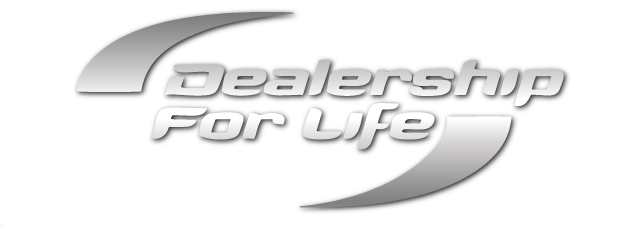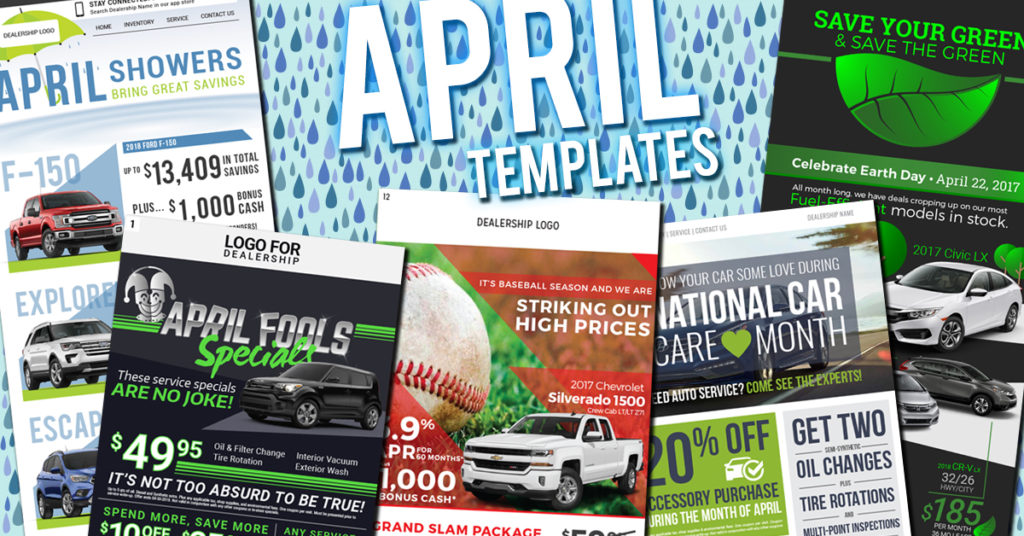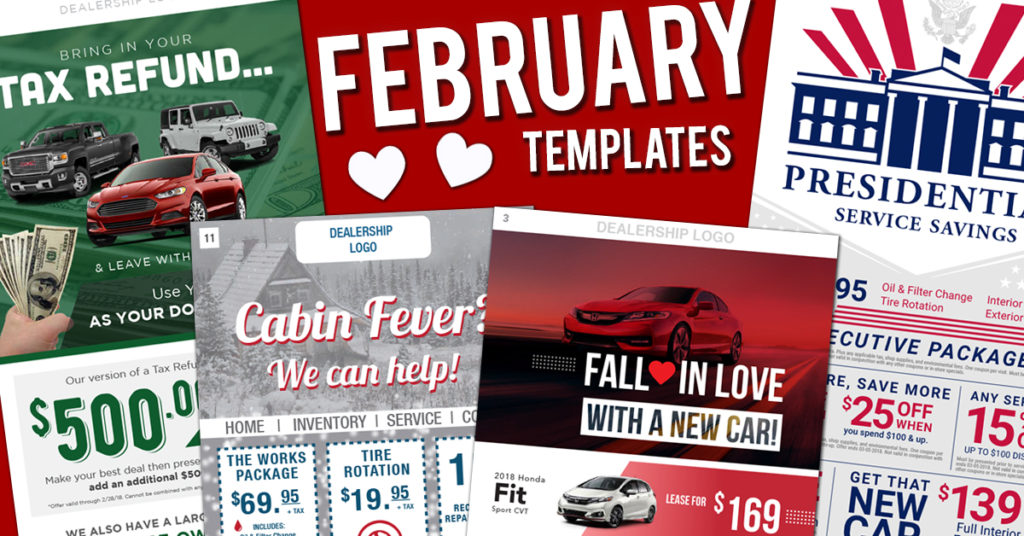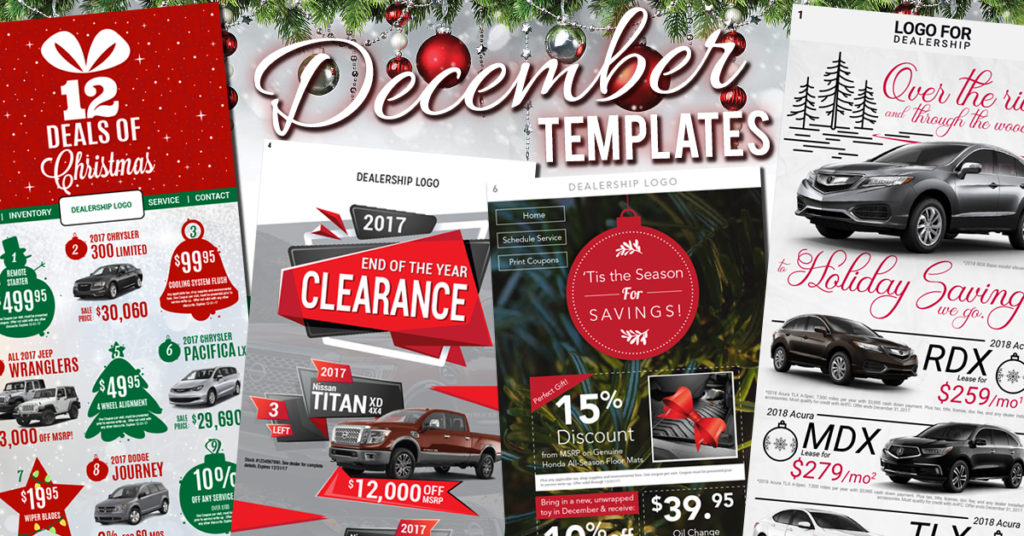
I’m reading a book called the Everything Store. It’s about how Amazon started and I recommend it highly. The idea behind the Everything Store was to develop an e commerce business that would sell everything, and they did. My main take away from the book was not how great Amazon is as a company although I think that question was answered years ago, it was the underlying concern of developing for the customer, what they needed at any cost. The old adage, the customer is always right, came to mind often. Many of the programs they developed started with: “What does the customer need?” and “How do we develop it?”.
This got me thinking about some of the meetings I had last week with three service managers. The first one was with a service manager who didn’t want to do prepaid maintenance. The F&I department wanted it, the General Manager wanted it, and the F&I manager said they had customers requesting it. The service manager said, I don’t want it and I don’t need it. Good example of the tail wagging the dog.
The second meeting was with a large group who had developed an app for their customers and it had totally flopped. The main problem they said was no one signed up for it and no one used it if they did. After a few questions it became apparent that the reason it wasn’t what they had hoped it would be was because it was designed to promote things the dealership was interested in and not anything the customer was interested in.
The third meeting was with a service manager who had a customer first attitude. He had developed a great rewards program to thank every customer who used his service drive. His retention numbers were some of the highest in the zone. He was constantly surveying his customers to see what their needs were and developed programs to cater to those needs. His latest resource was a customer app for every customer in his data base. It offered a history of their car, any recall notices on the vehicle, how many points they had on their rewards card, every coupon and every special that was available to them. The app could remind them when they needed a service like an oil change or 30K checkup. He had even gone so far as to add a valet service so if the customer didn’t have time for a service visit they could use their app to have the car picked up and delivered back to them. He wasn’t done there, he was working on a way the customer could redeem their points off the app and actually pay for their service using their app.
To say which meeting I was the most excited about would be too obvious. Customers have longed been overlooked by many businesses. The brick and mortar companies for too long took their customers for granted. As e commerce continues to develop, the old attitude of, I’m not doing that I can’t make any money on it, will no longer be the right answer.
The factory seems much more in tuned to what the customer wants. They are trying to develop rewards programs, subscription marketing, CSI to improve the facilities and customer surveys. However, we can’t depend on the factory to do our job. E commerce is moving too fast. It’s not always just about price. How much do you think free delivery cost for each order? Or and unlimited return policy? Ask a customer if he would rather buy something on Amazon Prime or purchase something in your service department? We need to create the same type of environment in our stores that wows the customer every time they come to do business with us. We need to constantly be working on our branding message. What separates us from the pack? Forever and ever we heard that the customer is always right. We have heard it so many times that it’s become just lip service to many.
Develop programs based around the customer. So many times we ask ourselves how much money can I make on this or on that. When we should be putting ourselves in the customer’s shoes and looking at how we do business through their eyes. Toy r Us, Kodak, Sears, and hundreds of other companies couldn’t figure out how to make their customers remain loyal. Go above and beyond his expectations is a good place to start.





